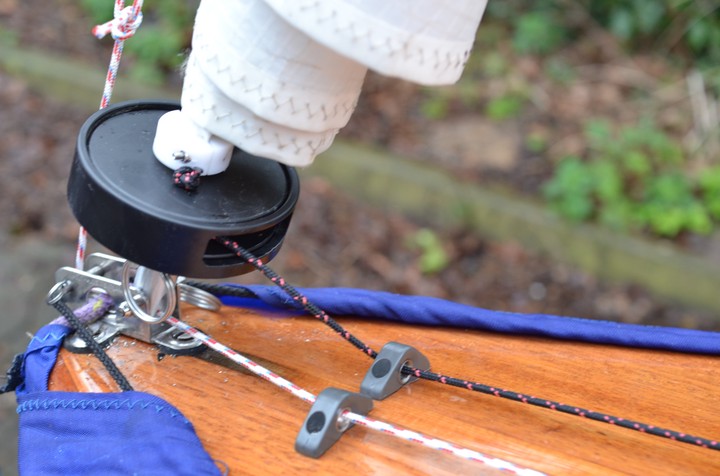Trip to British Isles
After following boat sales sites for few months I decided to visit the British Isles eventually at end of January, to check out the different options. It might have been wiser to visit there before Christmas, because after the New Year some interesting boats were sold rapidly.
My two primary targets were a wooden Wayfarer built in 1987 and a glass fibre Wayfarer World version built in 2004. An expert could have a long lesson about the advantages and the disadvantages of both wooden and glass fibre boats, but I can share bit of, what I have learned. Wooden dinghies are weaker when colliding with a rock. Yet, wood is a warm and beautiful material, especially if maintained properly. If you keep it protected from sunshine and water, the needed maintenance is lesser. In case of Wayfarers, glass fibre boats represent newer boat generations with many practical improvements. Both World and Mark 4 have their advantages and disadvantages. One of the experts said, that nowadays Mark 4 is the most popular boat for racing. Most of the Wayfarers for sale are Mark 2 versions and they are not a bad option for either activity.
So, I flew to the United Kingdom and visited the two boats. My primary open question was, how spacious the old Wayfarer cockpit is, because it has a fixed aft storage tank, in contrast to World and Mark 4. Seeing a wooden Mark 1 made me become convinced, that it would be spacious enough for my family’s needs and that wood as a dinghy material is beautiful. Still, I wanted to see World version too, but despite its more modern design, it didn’t feel right for me.
I bought a Wayfarer Mark 1, which was in excellent condition. It was rigged for racing, that’s a good thing, because the blocks and the locks of racing boats are typically the best, that are available. The downside of racing boats is, that they usually lack features, that improve safety, like reefing lines on the main sail and furling genoa.
The experienced members of UK Wayfarer Association supported me remarkably, as they helped on the decision-making and shared many practical hints. A big thank to them! They also recommended me a small business, called Aero Luff Spars, that converts old-style genoas to furling ones. That is a significant improvement, because you can adjust the sail area without changing the sails by standing on the foredeck. The owner of AeroLuffSpars made the changes in his workshop and I tried to help as much as I could. He turned the genoa into a furling one. I have to say, that I’m pleased for the customer-oriented business of the company.
The local sailors took care of towing the boat, that made me free from the headache related to registration and insurance matters. We towed the Wayfarer to Harwich port, where I left it bit concerned, hoping it wouldn’t get any damage from the shipment or moving.


